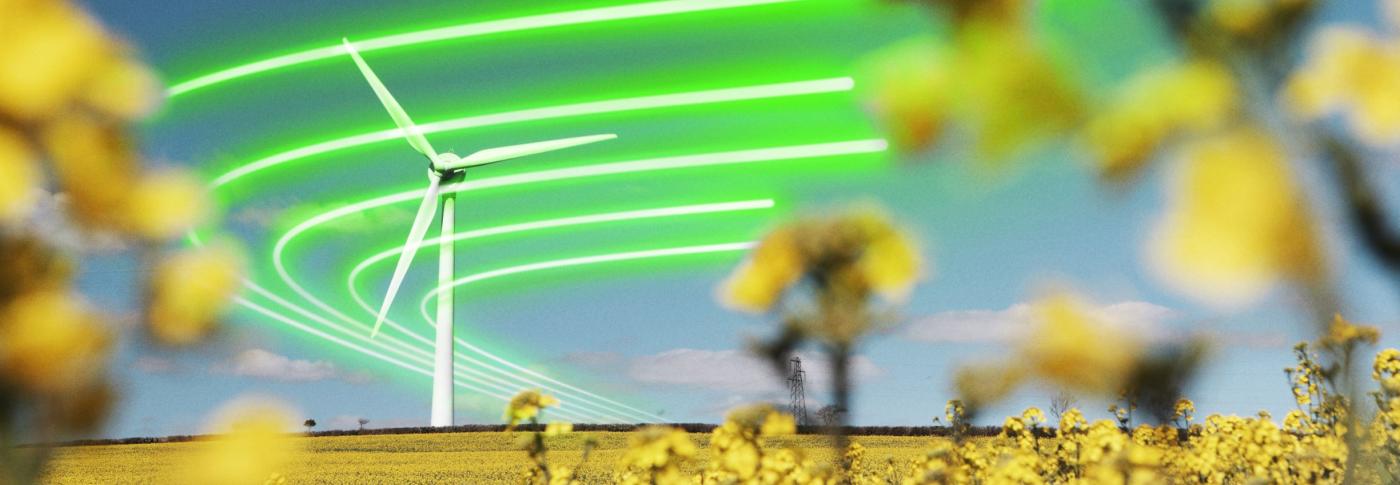New Balancing Reserve service goes live to reduce balancing…
14 Mar 2024 - 2 minute read

7 Jan 2022 - 2 minute read
As we bring more and more low carbon energy sources onto the electricity system, we must find new ways to ensure system stability.
Stability is the ability of the system to withstand a network disturbance and continue operating normally. Traditionally, conventional power plants (typically gas or coal) have provided stability with key system and balancing services such as inertia.
However, renewables like wind and solar don’t synchronise with the grid in a way that provides inertia, so as the older coal and gas plants come off the electricity system, we need to find new ways to provide stability.
The NOA Stability Pathfinder looks for the most cost-effective way to address stability issues created by the decline in transmission connected synchronous generation.
It’s an exciting project being run across three phases and here are the latest updates on each.
Following the award of 12 contracts in January 2020 to a range of new-build synchronous compensators (electrical devices used to manage the stability of the system) and repurposed generators, several of these units have now started to support the electricity system.
Over the coming months, the remaining contracts will go live to support the operation of a zero-carbon network.
Zero-carbon electricity sources do not provide inertia in the same way that traditional generation sources do. The next phase of our stability pathfinder is looking for additional levels of Inertia, Short Circuit Level and Dynamic Voltage across Scotland.
We’ve already made a lot of progress, exploring how possible solutions could work and consulting on important documents which will support this. Currently, the commercial submission window is open until 14 January for solutions that have already successfully completed the Feasibility Study stage.
Take a look at Phase 2 progress in more detail
In early March, successful tenderers will be awarded contracts, or in the case of Transmission Operators, they’ll be asked to deliver the solutions from as early as September 2022.
We’ve seen interest from a range of technology types, such as synchronous compensators, Grid Forming Convertors (an emerging technology that allows solar and other inverter-based energy sources to restart the grid independently) and hybrid solutions which has helped to develop a better understanding of how these can help support overall system stability.
On 20 December, the invitation to tender for Phase 3 was launched, again looking for additional levels of Inertia, Short Circuit Level and Dynamic Voltage, but across specific locations in England and Wales.
This is a one stage tender, where both technical and commercial submissions will be made by the deadline on 16 May. We expect to see similar technology types as we have seen in Phase 2.
Find out more about our Phase 3 Tender
The contract will be awarded later in 2022 and services can start from as early as April 2025.